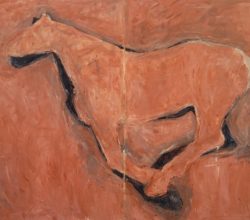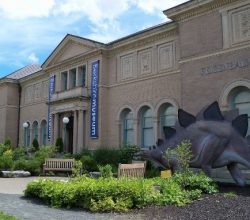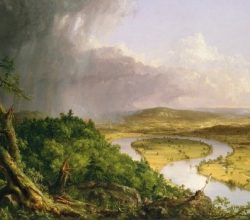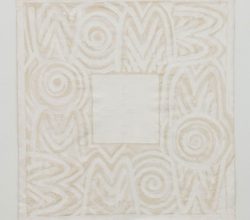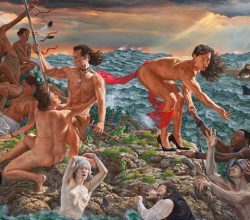
The Provocations of Kent Monkman
Nick Martin | The New Republic | 22nd May 2020
Kent Monkman, a Cree Nation / Canadian citizen, has had two of his paintings hung in New York’s Met. Good, one might think – recognition of an artist and of the terrible treatment of indigenous peoples. Some think otherwise, worrying that mainstream artworld success compromises art advocacy of indigenous causes. Frets this writer, can indigenous art avoid being “overwhelmed by the historical context”?

